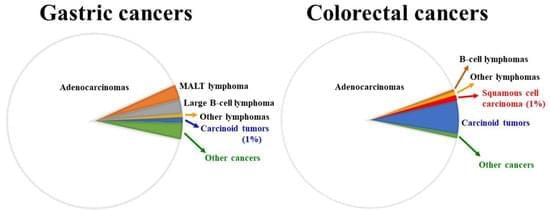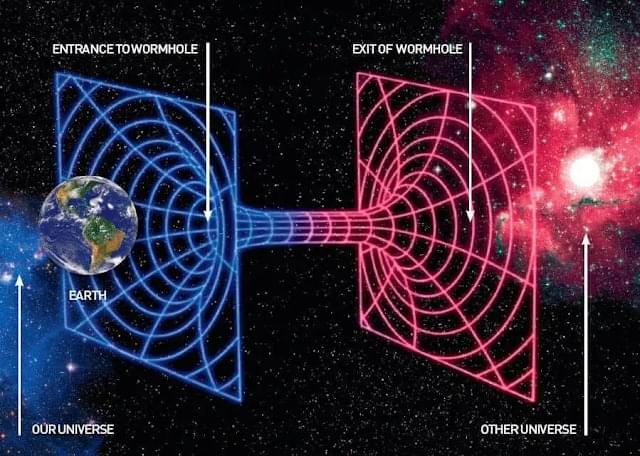Simple lifestyle changes can help you control three common diseases of the older eye: glaucoma, cataracts and age-related macular degeneration.
A zigzag arrangement that appears spontaneously in a collection of magnetic particles and some other colloids is explained by the fluid flow around each particle.
Irradiating a uniaxial magnetic system with a specific sequence of microwave pulses can induce in the system quantum oscillations that cause the material’s spins to flip back and forth.
To make higher-density magnetic data systems, researchers are looking to crystalline materials that have switchable magnetic orientations. But for some of these materials, switching the magnetization direction—for example from spin-up to spin-down—requires overcoming a large energy barrier. Now Seiji Miyashita at the University of Tokyo and Bernard Barbara of the Institut Néel, CNRS Grenoble, France, predict that experimentalists could reverse a material’s magnetization by applying to it a specific sequence of microwave or optical-frequency pulses [1]. The approach could find applications in quantum information storage.
To reverse the spin of a magnetic material, researchers can apply high temperatures or high magnetic fields to push the system over the potential energy barrier that separates its spin states. Another option is to induce resonant quantum tunneling to move electrons through the barrier. Miyashita and Barbara propose a further method that bypasses the constraints associated with the application of intense magnetic fields in these previous methods.
Last year, fast-casual restaurant chain Chipotle brought in a new employee: Chippy the chip-making robot. Chippy was tasked with slicing corn tortillas into triangles, frying them, tossing them with lime juice and salt, and dividing them into portions. The bot must have done a pretty good job, because now the restaurant is bringing in one of its cousins: an avocado-prepping robot called Autocado.
Turning avocados into guacamole can be a tedious process. You have to slice the fruit open, remove its thin peel, and take out its pit. Then there’s the mashing and mixing in of other ingredients. Pretty doable for a batch of guac for two to four people, but less so when you up the final consumer count to, oh, 750,000 per day.
Chipotle restaurants have employees specifically dedicated to making guacamole, but it takes almost an hour to make one batch, and employees listed the task as one of the “less favorable” among other things they do at the restaurant.
In cancer development and its clinical course, bacteria can be involved in etiology and secondary infection. Regarding etiology, various epidemiological studies have revealed that Helicobacter pylori can directly impact gastric carcinogenesis. The Helicobacter pylori-associated virulence factor cytotoxin-associated gene A perhaps plays an important role through different mechanisms such as aberrant DNA methylation, activation of nuclear factor kappa B, and modulation of the Wnt/β-catenin signaling pathway. Many other bacteria, including Salmonella and Pseudomonas, can also affect Wnt/β-catenin signaling. Although Helicobacter pylori is involved in both gastric adenocarcinoma and mucosa-associated lymphoid tissue lymphoma, its role in the latter disease is more complicated.
Russia successfully launched its inaugural moon-landing spacecraft on Friday in 47 years. The mission aims to achieve the distinction of being the first country to achieve a gentle landing on the lunar south pole, an area thought to contain valuable reservoirs of water ice.
As per a report by Reuters, Russia’s recent lunar mission, it’s inaugural one since 1976, is in a competitive race with India, which sent its Chandrayaan-3 lunar lander to space last month.
Moreover, it’s part of a larger competition involving the United States and China, both of whom have well-developed lunar exploration initiatives that focus on the southern region of the Moon.
WE all know we should be eating more healthily.
Improving your diet lowers your risk of several diseases, boosts immunity and supports brain development.
And now, new research has found incorporating a certain five foods into your meals could help you live longer — and they all happen to be plant based.
Practical applications for quantum entanglement have already been proposed, as entangled particles have been suggest for use in powerful quantum computers and “impossible” to crack networks. Now, it seems quantum entanglement may be linked to wormholes.
Entangled wormholes.
The United States is experiencing its worst measles outbreak since 1992. While the spread of measles can be prevented with the MMR vaccine, misinformation about vaccines has gained traction in recent years.
How do vaccines help protect communities and public health overall? Dr. Peter Hotez, dean for the National School of Tropical Medicine at Baylor College of Medicine, discusses what you should know about vaccines on the Body of Work podcast.
Listen to “Outbreak” on your preferred platform.
Exploration of Balamku (Cave of the Jaguar God) reveals ancient religious practices—and may hold clues to the rise and fall of the Maya empire.









